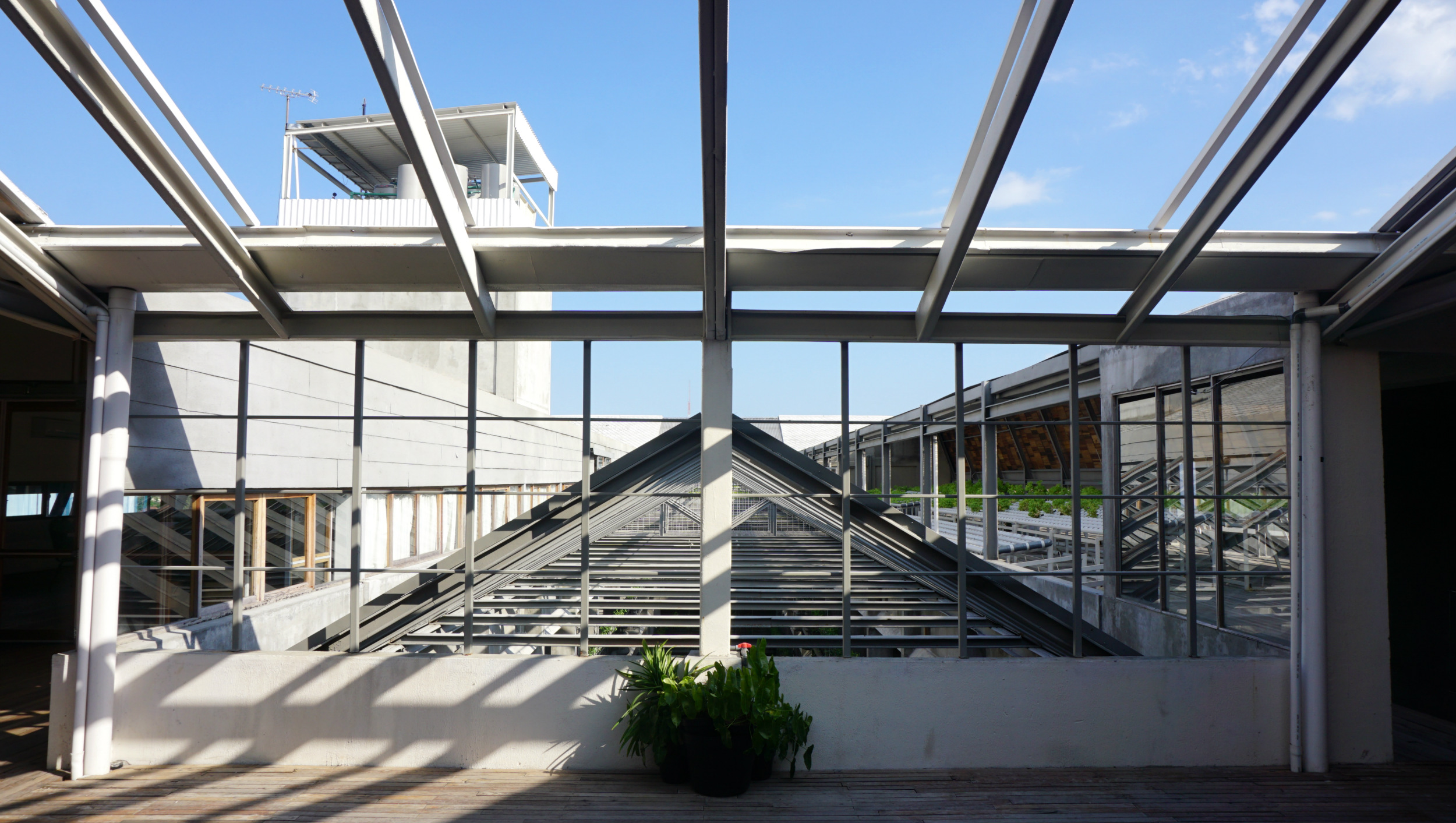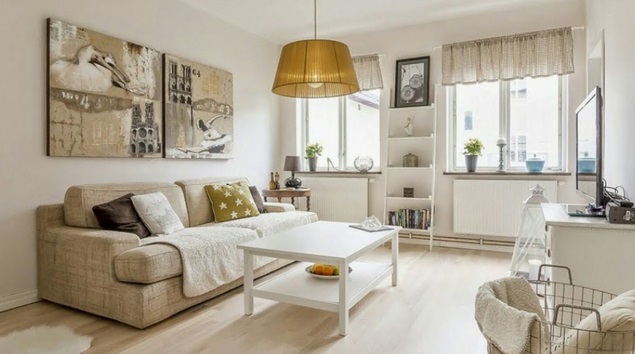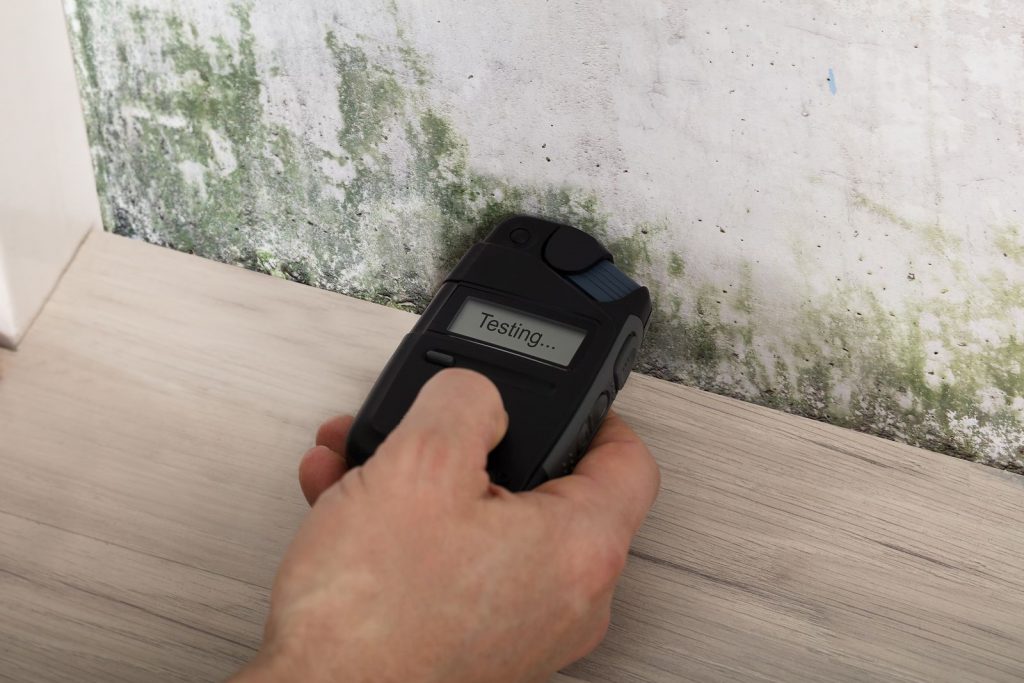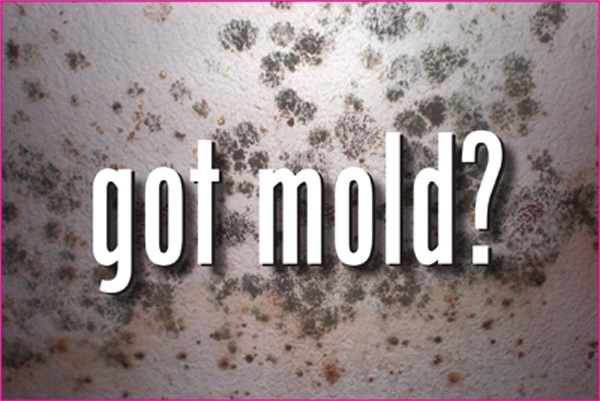Remodeling often involves tearing into spaces that have been closed for quite some time, sometimes at the risk of exposing hazardous build-up, like mold and other volatile organic compounds. During most remodeling projects, homeowners are likely to bring a variety of construction materials into the home, too, some of which can have strong chemical components.
Please call us to make an appointment at: 888-217-2719
For both of these reasons, it’s essential to take precautions to maintain excellent indoor air quality, providing a healthy living space for family, friends, and pets. Take a look at these six best practices for maintaining great air quality while remodeling.

Best Practices for Indoor Air Quality when Remodeling Your Home
Don't forget to see our Blog Pages to find out more on our Mold Testing and Indoor Air Quality Testing services.
According to Jeff Guthrie of Phoenix Roofing Contractors, sometimes homeowners can be quick to spot a surface-level issue without realizing that there’s a much more serious underlying cause.
For example, minor paint fading or staining on the living room ceiling may be hiding a bigger problem, like a cracked pipe valve that’s just days away from bursting. Instead of simply painting over the stain, it’s best to address the root cause of the issue so that larger damage isn’t done.
Remodeling often involves tearing into spaces that have been closed for quite some time, sometimes at the risk of exposing hazardous build-up, like mold and other volatile organic compounds. During most remodeling projects, homeowners are likely to bring a variety of construction materials into the home, too, some of which can have strong chemical components.

Indoor Air Quality Testing San Francisco
2. Prevent Potential Mold or Bacteria Growth
Exposure to mold and airborne bacteria can cause serious health concerns, including allergic reactions, asthma, and long-term respiratory complications. Some mold can be extremely difficult to get rid of once it’s taken hold, which means it can significantly compromise air quality over time.
The best way to prevent mold growth is to manage moisture effectively from the start. Never leave areas damp for longer than 24 hours.
“During remodeling projects, this means drying shop towels and mats quickly, airing out tarps at the end of the day, providing airflow after mopping the floors, and cleaning up spills as soon as possible. In addition, leaky plumbing, like pipes under the sink, can be a huge stimulant for mold growth, so these remodeling issues should be addressed immediately and take priority over aesthetic fix-ups.” - Steve Lyon, Houston Home Remodeling Pros.

Improve Indoor Air Quality when Remodeling Your Home
3. Make Sure There is Home Air Quality Testing and Monitoring
When it comes to air quality, not all threats carry a recognizable scent. Always consider getting a professional indoor air quality test during home remodeling projects. They will detect harmful components and alert homeowners to dangerous pollutants in the air. Regardless of the project, it’s always best to open a window, provide consistent airflow, and take frequent fresh air breaks to avoid excessive inhalation of harmful pollutants and exposed mold.
4. Assess HVAC System and Upgrade if Needed
An HVAC system can directly affect air quality in a home, so proper maintenance is key. Regularly changing the air filter and cleaning the heating ducts can help the HVAC system function properly, keeping indoor air clean. More efficient filters are also available, though they may not be compatible with older HVAC models, meaning an upgrade may be necessary.
5. Follow Manufacturer Instructions
Many materials, including paints and adhesives, contain components that can be harmful when applied incorrectly without proper ventilation. Always follow the manufacturer’s instructions to a T when using a given product. This means using the proper ventilation materials, like masks and fans, and allowing the product to set for the correct time before re-entering the space.
Follow these best practices during your next remodeling project and confidently keep the indoor air quality safe for everyone!
You can email us directly from the main Contact Us page.





